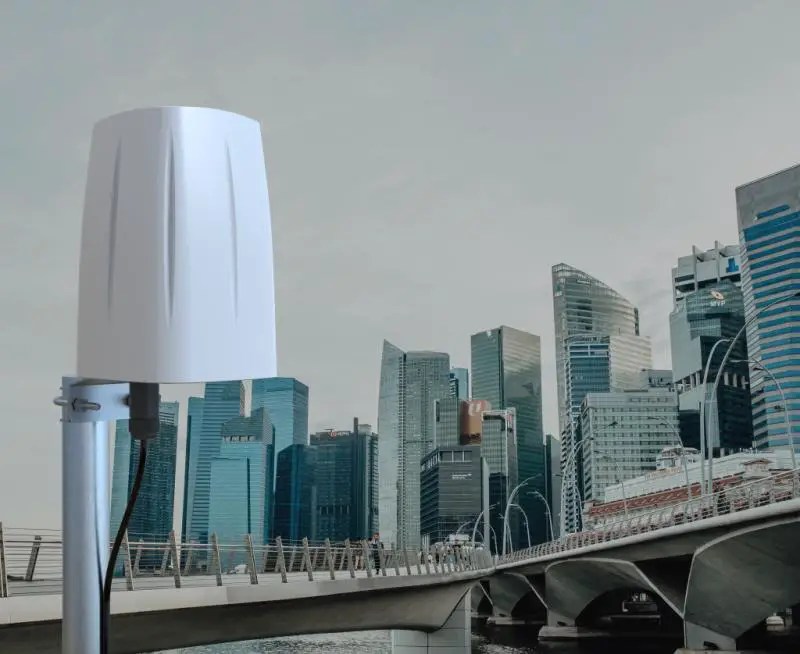Drone Defence embarked on a pioneering initiative in January 2023, aimed at revolutionising airspace security through the implementation of a Remote ID drone sensor network. Now, as the project expands, the team seeks additional partners in Singapore to join efforts in accelerating the rollout of this network.Over the course of a 24-month implementation plan, the project has begun deploying fifty AeroSentry Zero remote-ID sensors strategically across Singapore.This project is being released in four phases to ensure comprehensive coverage.Currently in the initial pilot phase, involving the installation of three drone detection sensors at various trial sites, Phase 1 will see the deployment of multiple sensors across the Southern region. Phase 2 will cover the Northern region, and the project will conclude with Phase 3 covering the Central region of Singapore.Richard Gill, CEO, and founder of Drone Defence expressed enthusiasm, stating, “We’re thrilled to be actively engaged in this pivotal project in Singapore. The extensive installation of the AeroSentry Zero sensor network will eventually cover the entire 720 sq. km city-state, guaranteeing the identification and visibility of conspicuous drones through AeroTracker.”Gill emphasised, “This Remote ID network serves a dual purpose by enhancing Unmanned Aircraft Traffic Management (UTM) systems. It offers invaluable data and analytics on UAV flight patterns, trends, and delineates flight corridors to avoid.”Employing a ground-based infrastructure approach, Drone Defence integrates its cloud-based Airspace Monitoring System, ‘AeroTracker,’ to present a user-friendly online interface. This platform displays detected conspicuous drones and their precise locations as identified by the deployed remote-ID sensors.Furthermore, the project integrates Drone Defence’s ‘AeroPing’, an FAA-approved real-time drone transponder, ensuring the accuracy of the remote-ID sensors.Beyond its primary scope, this project extends the opportunity for individuals and organisations to leverage the sensor remote-ID network. The data from these sensors will not only feed into AeroTracker but will also be accessible via API, offering the possibility of integrating these data points into existing systems.Highlighting future aspirations, Gill added, “Our aim is to eventually replicate this extensive network in the UK, ensuring comprehensive detection capabilities to monitor all conspicuous drone flights.”As part of the project, and to ensure regional requirements are met, Drone Defence are also working alongside the Civil Aviation Authority of Singapore, and in-country UTM’s including HTX, Singapore’s science and technology agency for homeland security.The project remains on track for completion by the end of 2024, marking a significant milestone in bolstering drone security and airspace management. Moreover, the project’s growth emphasises the need for additional partnerships in Singapore, to accelerate and enhance the implementation of this pioneering Remote ID drone sensor network.If you are interested in being part of this revolutionary project, please get in touch with us. [email protected]
Source link
Drone Defence Expands Rollout of Singapore Drone remote-id sensor network – sUAS News – The Business of Drones

